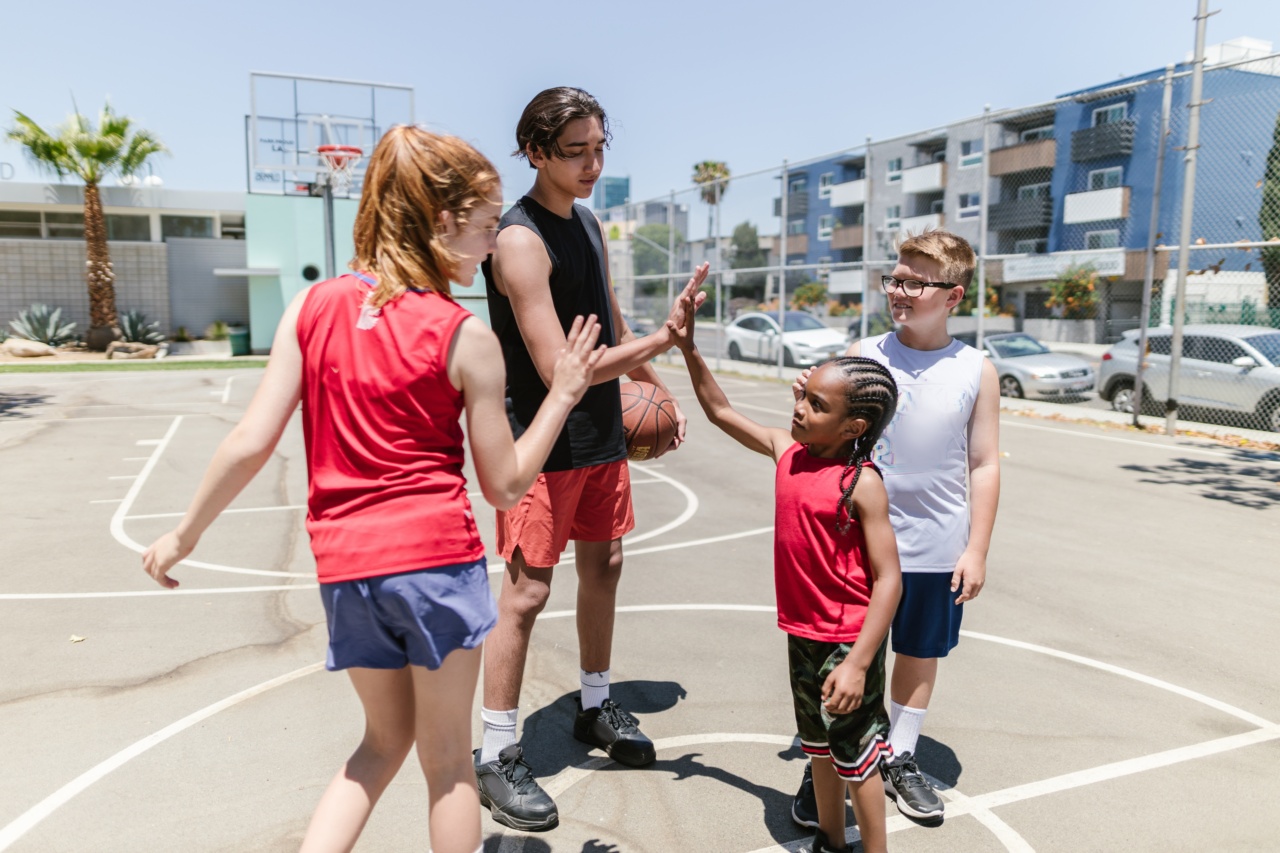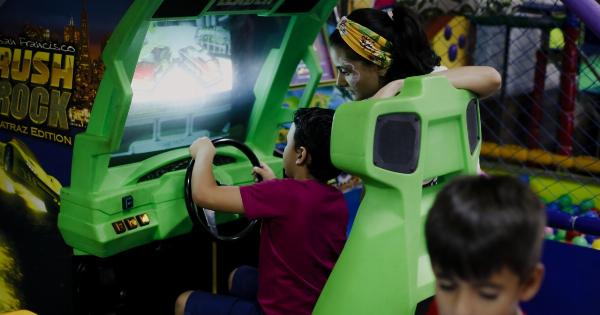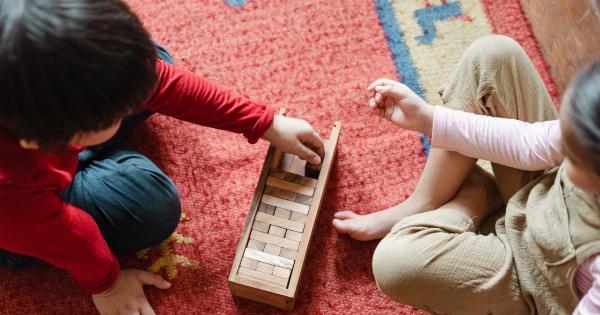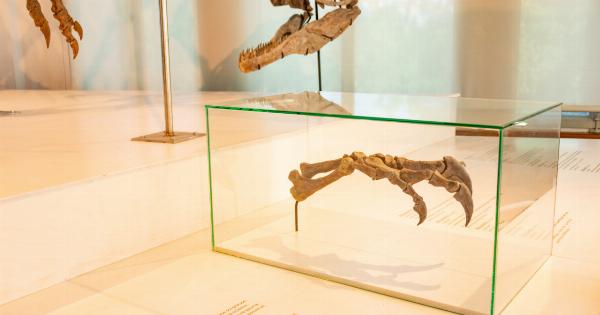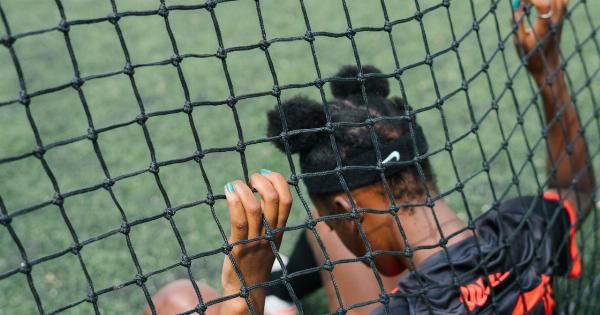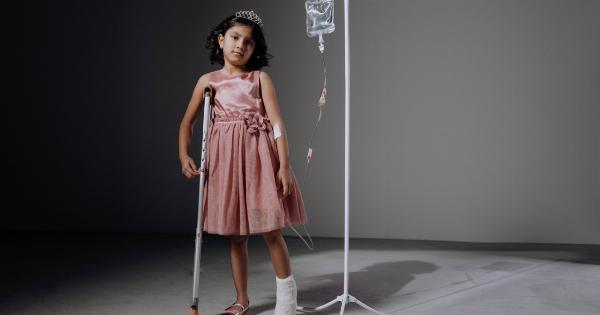Engaging in sports activities is amongst the most helpful activities for children as they grow up.
Besides being an enjoyable way for children to spend some of their free time, sports provide them with numerous health benefits that contribute to their overall well-being. The musculoskeletal system of a child is vital for their physical development; therefore, physical activities are crucial in boosting the growth of this system. Let’s dive into thirty sports that can boost children’s musculoskeletal health:.
1. Football/ Soccer
Soccer, also known as football in some countries, is a team sport where children learn how to sprint, jump, and change direction swiftly.
These movements are crucial in developing children’s musculoskeletal system as they help to strengthen leg muscles, improve speed, agility, and coordination. The jumping necessary when heading the ball helps to strengthen neck and shoulder muscles in children.
2. Basketball
Basketball is a sport that entails both upper and lower body movements. Children learn how to jump, make quick stops and starts, and use their upper body to push and pass the ball.
The game’s multi-directional moves are essential in enhancing agility, balance, and coordination in the child’s musculoskeletal system.
3. Swimming
Swimming is a low-impact sport that promotes cardiovascular health, muscle endurance, and helps to strengthen the core muscles. The sport helps to enhance the musculoskeletal system by working on the child’s arms, legs, and abdominal muscles.
Apart from the physical benefits, swimming boosts self-confidence and promotes good mental health.
4. Tennis
Tennis involves sprinting after the ball, sudden twists, and pivots, which promote the development of the child’s muscles, particularly the legs. The rapid changes in direction improve coordination, balance and promote fast reflexes.
The sport also helps to develop the child’s arm, shoulder, and hand muscles, all of which are essential for the child’s musculoskeletal development.
5. Yoga
Yoga promotes balance, flexibility, and muscle strength in children. The slow and controlled movements help children learn muscle control and breath control exercises that promote overall health and well-being.
Yoga poses enhance stability and posture, which are crucial in promoting the development of the child’s musculoskeletal system.
6. Martial Arts
Martial arts promote discipline, focus, and physical fitness in children. The movements involved in martial arts promote coordination, balance, and active development of core muscles.
The sport entails movements such as punches, kicks, and blocks that help to build and strengthen leg, arm, and back muscles.
7. Athletics
Athletics activities such as sprints, high jump, long jump, and shot put promote the development of the child’s muscles significantly, particularly in the legs, arms, and shoulders.
The sport develops the child’s agility, speed, coordination, balance, and body awareness.
8. Cycling
Cycling is a low-impact sport that enhances the development of the child’s lower body muscles. The sport strengthens the child’s leg muscles, especially when cycling uphill.
In addition, cycling improves the child’s cardiovascular fitness and leg strength, promoting an active musculoskeletal system from a young age.
9. Gymnastics
Gymnastics helps to develop the child’s flexibility, balance, and coordination. Gymnastic movements strengthen the core muscles, arms, shoulder, legs, and back muscles, which are pertinent in musculoskeletal development.
The activities involved in gymnastics, such as jumping, flipping, and stretching promotes healthy development.
10. Volleyball
Volleyball is a sport that requires the child to use their upper body muscles to serve, pass, and spike the ball. The sport promotes the development of upper body muscles, including the arms, shoulder, and back muscles.
Additionally, volleyball requires quick reflexes, balance, and coordination when anticipating the ball’s direction, promoting the child’s musculoskeletal development.
11. Dance
Dance helps children develop muscle strength, balance, and flexibility. Children who participate in dance activities such as ballet and jazz will develop strong leg and core muscles, improve their posture, and develop coordination and balance.
Dance can be a fun way to get moving and build strength in your child’s musculoskeletal system.
12. Ice Skating
Ice skating is a sport that helps to strengthen the child’s lower body muscles, particularly the leg muscles. The sport involves pushing off the ice, gliding, and balancing on one leg, promoting muscle development.
Moreover, ice skating requires excellent coordination and balance, which promotes the development of the child’s musculoskeletal system.
13. Horse Riding
Horse riding promotes the development of a child’s core muscles as they work to maintain balance while riding. Horse riding helps to strengthen leg muscles as the child needs to use their legs to control the horse and sit upright.
Working with a horse may help children develop confidence, resilience, and focus, while also promoting their musculoskeletal health.
14. Rugby
Rugby is a sport that requires the use of upper and lower body muscles as children engage in tackling, running, and scrummaging. The sport demands physical and mental toughness and helps to promote the child’s musculoskeletal development.
15. Hiking
Hiking is an activity that promotes physical fitness and mental health while also at the same time improves the child’s musculoskeletal system.
Walking on diverse terrain helps to develop leg and core muscles, enhances balance and coordination, and boosts cardiovascular health.
16. Running
Running is an activity that promotes cardiovascular health and the development of leg muscles. Running helps to strengthen leg muscles, such as the quadriceps, hamstrings, and gluteal muscles, while also promoting coordination and proper posture.
17. Archery
Archery is a sport that requires the use of upper body muscles such as the arms, shoulders, and chest muscles. The sport promotes muscle strength and hand-eye coordination, which are essential for the child’s musculoskeletal system.
18. Golf
Golf is a sport that requires upper body muscles and enhances balance and coordination. The sport requires the use of the core muscles to establish a stable base, and the arm and shoulder muscles to swing the club.
Golf promotes the development of the child’s musculoskeletal system through intricate muscle movements and body control.
19. Fencing
Fencing is a sport that requires the use of the upper body muscles such as the arms, shoulders, and back muscles. Quick reflexes are necessary, making fencing a fun way to develop coordination and balance.
The sport involves jumping, lunging, and quick strides that promote the development of the child’s musculoskeletal system.
20. Baseball/ Softball
Baseball and softball are sports that require running, batting, and fielding, all of which improve various muscles, including the legs, arms, shoulders, and core muscles.
The sport promotes coordination, agility, and speed, all necessary factors for the development of the child’s musculoskeletal system.
21. Skateboarding
Skateboarding helps to develop the child’s leg and core muscles as they work to maintain balance and propulsion on the skateboard.
The sport requires complex movements, including jumping, spinning, and twisting, all of which promote the development of coordination, balance, and agility necessary for the child’s musculoskeletal health.
22. Cricket
Cricket is a sport that requires the use of upper body muscles and promotes balance and coordination. Players can choose to bat or bowl, both activities that engage the arms, shoulders, and back muscles.
Cricket also requires running, which promotes leg muscle development and improves overall cardiovascular fitness.
23. Badminton
Badminton is a sport that involves rapid running, jumping, and striking of the shuttlecock, promoting the development of the child’s leg and upper body muscles.
The sport also requires good balance, coordination, and reflexes, which enhances the child’s musculoskeletal health.
24. Table Tennis
Table tennis is a sport that requires quick reflexes, hand-eye coordination, and upper body muscles to strike the ball.
The sport requires quick sprints and jumping movements, promoting the development of the child’s leg muscles while also enhancing mental sharpness and focus.
25. Boxing
Boxing is a sport that involves the use of the upper body muscles such as arms, shoulders, and chest muscles. Boxers require fast reflexes and coordination, promoting the development of their neurological system.
Boxing is an ideal sport to promote muscular strength, endurance and coordination in the child’s musculoskeletal system.
26. Karate
Karate promotes physical strength, focus, discipline, and mental sharpness. The sport involves complex movements that require the use of various muscles, promoting muscle development in the legs, arms, and chest muscles.
The focus and discipline that karate requires also have positive effects on the child’s musculoskeletal development.
27. Field Hockey
Field hockey requires the use of the upper body muscles to strike the ball and the lower body muscles such as the legs and calves to run.
The sport improves the child’s coordination, agility, and cardiovascular health, promoting the development of the musculoskeletal system.
28. Ultimate Frisbee
Ultimate Frisbee, sometimes called Ultimate, is a sport that requires running, passing, and catching the Frisbee.
The sport promotes the development of the child’s leg, core, and upper body muscles, enhancing their coordination, balance, and agility.
29. Judo
Judo promotes physical fitness, mental strength, and discipline. The sport involves grappling, throwing, and submission holds that require the use of various muscles, promoting muscle development in the lower and upper body muscles.
Judo is an excellent sport to improve the child’s musculoskeletal system, promoting muscular strength and endurance.
30. Weightlifting
Weightlifting is a sport that promotes muscular strength, endurance, and neuromuscular control. The sport requires the use of various muscles, including the upper and lower body muscles.
Engaging children in weightlifting activities that suit their age and skill level is essential in promoting their musculoskeletal health.
